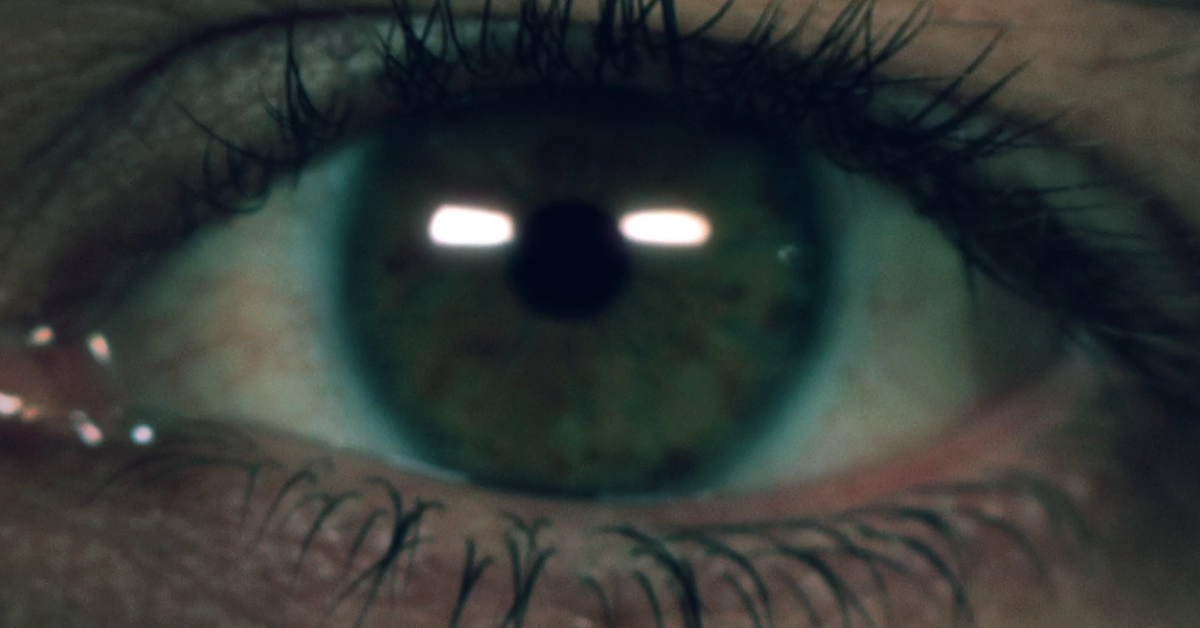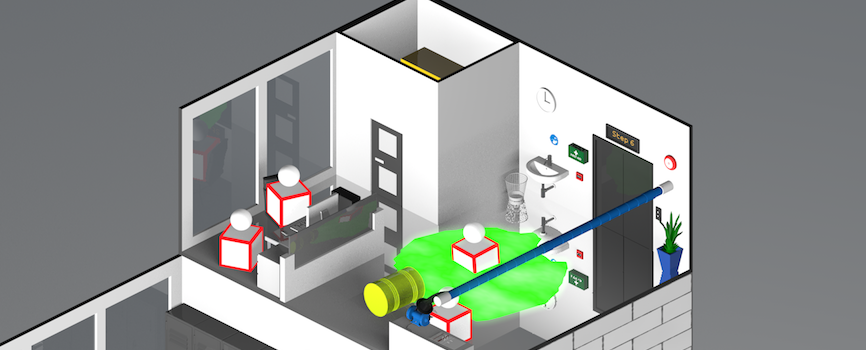Creative talk: The making of our Conflict Resolution course
Posted 6 years ago
Lottie (course scriptwriter) and Mike (course animator) sit down to discuss the making of our Conflict Resolution course. They talk about how much work went into the course, difficulties they ran into whilst filming and scriptwriting, and striking the balance between keeping an audience engaged, whilst getting across all of the important information.
Transcript:
Striking the balance
Lottie: You know our training courses are always aimed at helping people, keeping them safe, whether that’s mentally and/or physically. But sometimes our subject matters are quite dour and depressing and very very serious, but they’re obviously hugely important
Mike: If your audience is asleep, they’re not going to learn anything…
Lottie: No of course and I do think that we get a good balance of that. We have lots of fun in here and that’s partly why you and I are in here discussing this today. Because we have some stuff to show that shows what happens behind the scenes and why we enjoy what we do and why we make the best programs ever. Because at the end of the day I think our enjoyment of it shines through in the quality.
I honestly do believe that we only get the standard we get from a finished product because of the number of different voices and opinions that go into it.
“If your audience is asleep, they’re not going to learn anything…”
Conflict isn’t necessarily a bad thing
Mike: So conflict isn’t necessarily a bad thing
Lottie: No it’s not necessarily a bad thing, it’s not. What I do enjoy about the courses we make is that we end up with a very finished polished product, but there is so much that goes on first. When I go through the research and writing stage, I kinda feel like I’m the pupil before I become the teacher and I have to learn the subject, I have to understand it properly and you learn all kinds of cool stuff. So all of that was new to me as well, with the body language, tone of voice and not only how that makes you feel when you’re communicating with someone and how even if you don’t realise it, how that person is actually responding to you.
Unless you go about it in the wrong way…
Mike: The choice of words or intonation, yes, if you’re going to shout at someone then they’re going to get upset. But the notion of folding your arms or accidentally not making enough eye contact and completely sabotaging a conversation or discussion is new to me and so I enjoyed trying to bring that to life.
“When I go through the research and writing stage, I kinda feel like I’m the pupil before I become the teacher and I have to learn the subject, I have to understand it properly”
Lottie: Conflict can have seriously damaging consequences even on a working relationship like ours, if we spoke in the wrong way to each other if we disagreed but didn’t handle it properly then it could end up in tears.
Mike: With this course specifically, we needed to show real people in a real work location and that meant working upstairs, working with the people here at iHasco and that is always a recipe for the bloopers and for bits you can’t use. But I’m sure even with the silly bits cut out you still get a sense of that, a sense of enthusiasm.
I think a turning point in the creation of the course was after talking around it, you know conversations ‘oh it made me feel like that’. It was when someone pointed out, the way it made you feel when you’re in a conflict. When someone is really winding you up and if we could get the feeling and the tension and the annoyance of all these opinions of ‘oh you can’t do that in front of him’ and ‘oh but she doesn’t like that’ and it’s so entangled and how can we make a clear way through?
I hope you enjoyed these extra bits, a view behind the scenes and look out for more content coming soon.
Lottie: Absolutely, enjoy!
Related articles



Opt-in to our newsletter
Receive industry news & offers
